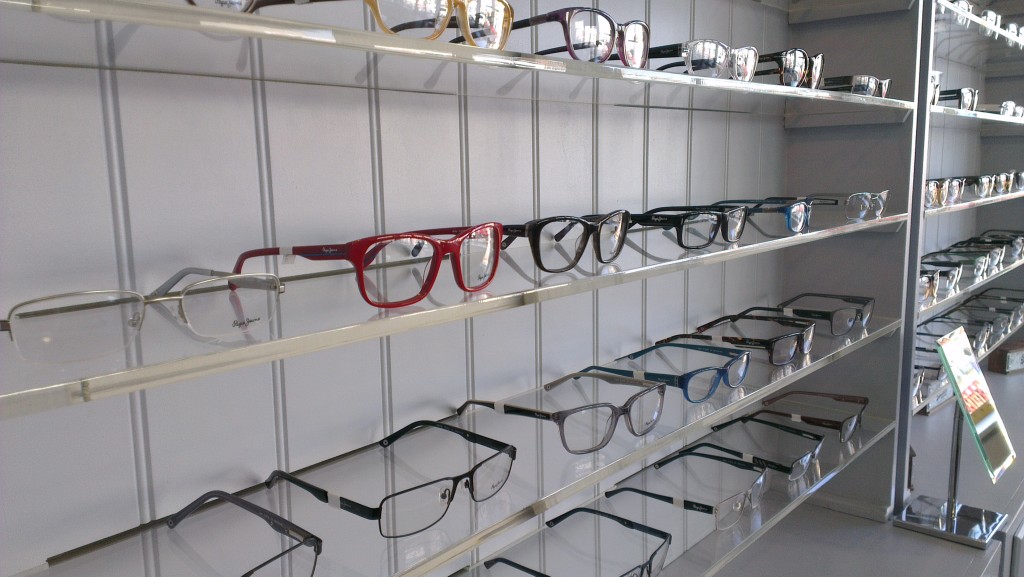Advertisement feature

Recognising when something isn’t quite right with your child’s health is probably at the top of your priority list as a parent. Noticing unusual symptoms can be hugely beneficial in preventing future health problems, no matter how big or small; this goes for your child’s eyesight too. Often your child may not notice there is something wrong with their vision, or may not be able to communicate a change to you.
Problems with your child’s vision could happen at any time. Routine eye checks are offered soon after your child has been born, as well as suggested eye tests at various weeks and years as they grow. This is because any problems with your child’s vision is easier to treat while they are still developing.
Signs to look out for
There are a number of simple signs you can look out for that might mean your child is struggling with clear vision. For instance, if your child often complains of headaches or their eyes feeling tired, it is probably because their eyes are overworking in order to try and see clearly.
You might notice your child has started to sit more closely in front of the television, or holding a book right up to their nose or even further away than usual. This could mean they have developed a refractive error, such as myopia or hypermetropia. Vision problems like these can be solved easily with glasses for kids.
Problems with your baby’s eye health
Knowing whether your child has good eyesight or not can be difficult, whether they are a baby, toddler or young child. If you notice any changes in your child’s eyes or vision, take them to an optician as soon as you can.
There are a number of eye problems that could occur at various points of your child’s development. As a baby, your child could be at risk of developing a lazy eye. It is said to happen in around 1 in 50 children, and happens because the eyes aren’t able to build a strong link to the brain. You may recognise it due to one eye looking in a different direction.
A much rarer health problem in babies’ eyes is retinoblastoma. This is a rare type of eye cancer that tends to affect children under 5. While more than 9 out of 10 children are cured, it’s important that it is picked up early. Look out for a white reflection in the pupil or a change of colour in the iris.
Problems with your children’s eye health
Children should have their first eye examination at an opticians at around 2 years old, and every 2 years subsequently. Refractive errors like short-sightedness most commonly begin to appear in children aged 6-12. It is also the age they start school, so having clear vision is even more important.
If your child needs to wear glasses, make sure they are durable with a scratch-resistance coating. You might also want to consider UV protective coatings or lenses for their glasses, to ensure their eye health is supported.
Problems with your teenager’s eye health
Today’s teenagers can be incredibly busy and on-the-go, and they may not necessarily stop to notice when something has changed in their vision. A lot of eye conditions can be prevented, but only if they are recognised early on.
One of the most common problems for teenager’s vision is computer vision syndrome, which happens due to continued focus on a digital screen. This can result in headaches, irritation and tired eyes. Your teenager can wear stylish glasses that are designed to protect their vision from eye strain, caused by digital devices, even if they do not have a prescription.
UV light can also pose a problem for your teenager’s eye health. Overexposure to UV light can result in premature ageing of the eyes, as well increasing your risk of eye disease, like cataracts, later in life. Look for lenses with a high E-SPF rating.
